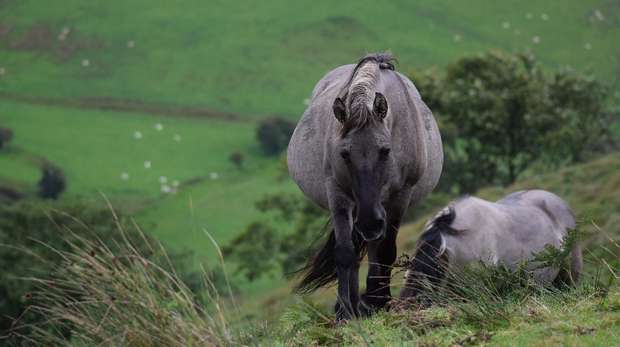This month, Smithsonian published a fascinating article about the history of chickens and how they basically took over the world. Obviously, chickens couldn't have established their empire without reproduction, so I thought I'd take a behind-the-scenes look at how chickens became so prominent. As it turns out, chicken procreation is a lot weirder than I thought. Here are just a few of the finer points. 1) Asymmetrical gonads Here's how gonads are usually arranged: males have two testes, and females have two ovaries. Both genders usually have one gonad on the right side of their body and one on the left. It's pretty simple. In contrast, hens only have one functional ovary. In fact, most birds have this lopsided anatomy probably because it's more practical for flight. Birds need to be light and compact in order to fly, so they only develop one of their gonads. For most male birds, the right testes is also smaller than the left. This tren...
Imagine-Invent-Inspire





